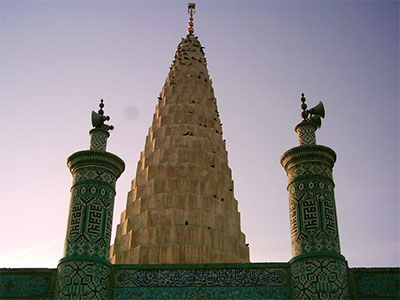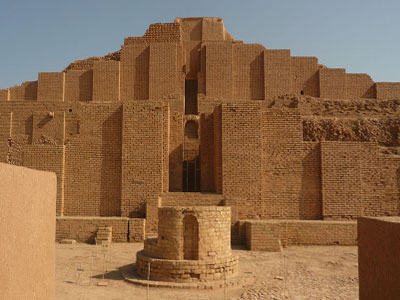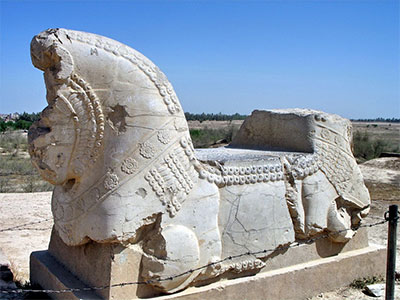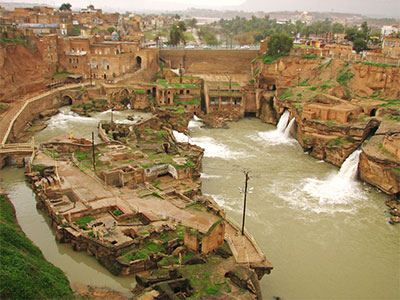Explore Persia
Tours
Khuzestan
Khuzestan
Khuzestan is a large province in the southwest of Iran, bordering Iraq and the Persian Gulf. It is the most important center of gas and oil in Iran. Khuzestan is generally hot, except for winters that it has a temperate climate.
Several ethnic groups such as Arabic, Lori and Bakhtiari live in the province, however, majority of people speak Persian. At Khuzestan, you can see a variety of handicrafts such as Kilim, silk weaving, felting, Giveh weaving (a kind of shoe) and wooden crafts. There are many natural and cultural sites in Khuzestan you can visit in your Iran trip, some of which are:
Chogha Zanbil (UNESCO World Heritage Site)
Susa (UNESCO World Heritage Site)
Apadana of Susa
Tomb of Prophet Daniel
Susa Castle
Stone Lions
Shushtar Historical Hydraulic System (UNESCO World Heritage Site)
Shadegan Lagoon
Shevi Waterfall
Ashkoft Salman
Tomb of Prophet Daniel
Daniel was a noble Jewish prophet born in Jerusalem. He lived in 7th century BC. He was taken into captivity by Nebuchadnezzar (Nabu Kad Nasr) of Babylon until the time of the Persian conqueror Cyrus. After living in Susa for a short time, Daniel died and his tomb is in Susa.

Chogha Zanbil (Tchogha Zanbil)
It is an ancient Elamite complex and one of the few existent ziggurats outside of Mesopotamia. It was built about 1250 BC by the king Untash-Napirisha, mainly to honor the great god Inshushinak. Its original name was Dur Untash which means 'town of Untash', but it is unlikely that many people, besides priests and servants, ever lived there. Chogha Zanbil is considered to be the best preserved example of ziggurat in the world. It was the first Iranian site inscribed on UNESCO's World Heritage List in 1979.

Apadana of Susa
Apadana is a distinctive type of columned audience hall introduced by Darius I. Apadana of Susa was built as the winter palace of Darius in the 6th century BC.

Shushtar Historical Hydraulic System
This is inscribed as a masterpiece of creative genius that can be traced back to Darius the Great in the 5th century BC. It involved the creation of two main diversion canals on the river Karun one of which, Gargar canal, is still in use providing water to the city of Shushtar via a series of tunnels that supply water to mills. It forms a spectacular cliff from which water cascades into a downstream basin.

Winter is the best time to visit Khuzestan in your Iran tour.
 En
En Fr
Fr Ch
Ch Sv
Sv Ir
Ir




Khuzestan